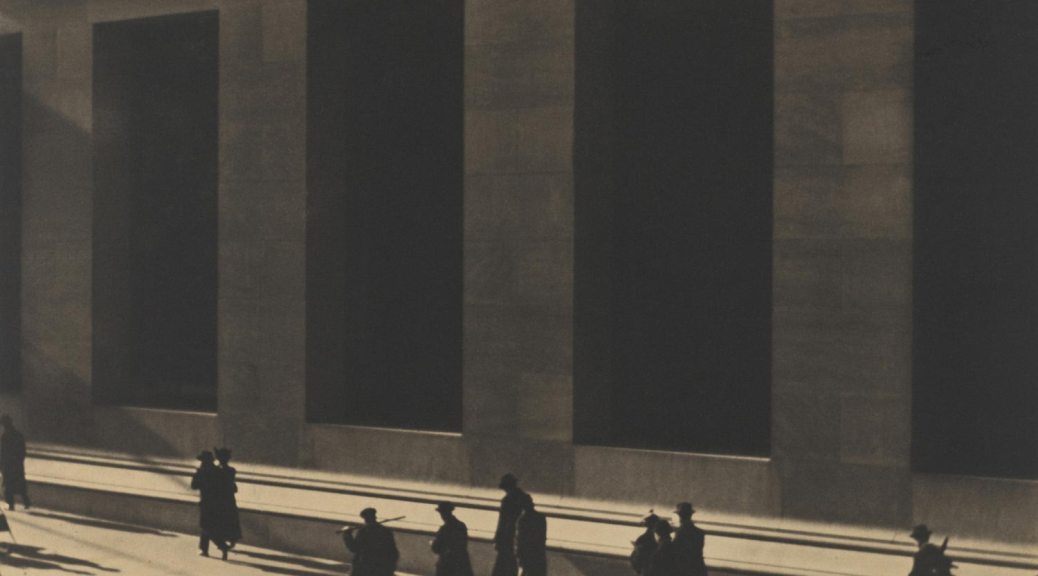Note: This originally posted on NJWV.







The Paul Strand show turned out to be the motivation I needed to finally make the trip to Philadelphia. I’m glad I went. Strand—like Weston was for a long time—is one of those photographers whose work I’ve absorbed but never really looked at in a specific, comprehensive way before. Sure, some of the images are extremely well-known, but many of the rest I’ve never seen before yet have sensibilities which feel just as familiar to me.
Needless to say, I really like his work—especially his precise framing and composition. He’s able to find the order within the type of scenes that often catch my eye but which challenge me when it comes to finding the photograph in them—door hardware, a clump of plants, items which I can’t abstract to pure texture or sculpture because they contain both an interesting structure as well as their real-world function.
Strand’s work is also very interesting because he was right there at the beginning of photography as an art form. From his early work consisting of “fuzzy” pictorial contact prints to portraits and street photography to urban abstractions and still lifes to contrasty enlargements to finally combining photos and text together in book form, his journey as an artist parallels a lot of the medium’s journey as he learns to embrace what the medium does well and address things it doesn’t. The result of this is that many of his photos remind me of other photographers’ work. Not in a rip off way, just that looking at Strand’s work made me realize how much of an influence he had on other photographers. He’s not someone to ape. He’s someone to study and learn from and take what he learned and apply it to whatever I’m interested in.
What most struck me was realizing that while Strand’s most-famous images—those that you’re supposed to know and recognize—came from his early work, this doesn’t mean that that work is better. Instead it reflects on how his sensibilities shifted and he went from producing individually great photos to collections and books that, while consisting of great photos, are more about the way the photos work together to describe a place.
It’s his later work which has stuck with me after seeing this show. Strand would spend a long time in a location, photographing details, buildings, people, etc. all of which together form a portrait of the area. His images though don’t try and explain the area to us but rather provide a sense of how it was when Strand was there. They’re documentary without feeling anthropological or journalistic. They’re positive and empathic without being propaganda, Looking at them is like looking through an exceptionally high-quality photo album and offers a lot of food for thought as I think about making my own photo albums and books.
The exhibition itself is also noteworthy for having a lot of technical detail about the different printing methods Strand used. It does a great job at demonstrating how they differ—both on the production side and in the final product—but especially the final product. There are examples of copy negatives and interpositives and information about how they were modified before contact printing. There are also displays of the same images, or similar images from the same shoot, reproduced as platinum, silver gelatin, and photogravure prints set up so we can compare the differences in detail and contrast each method allows for. Mixed with these comparisons are discussions about how his cameras impacted his working methods and different printing methods impacted distribution.
It was nice to see an exhibition which realized and explained how much the tools of photographic capture and print production impact the art. It’s even nicer to see an exhibition discuss issues of distribution and display. While his prints are great, that Strand eventually settled on books as the ideal form for his photography puts a very different frame regarding the intended audience of the artwork. Most things we see in museums are elite objects for elite people. Strand’s work is more populist. It’s only fitting that I’ll be aware of his influence everywhere I look now.

